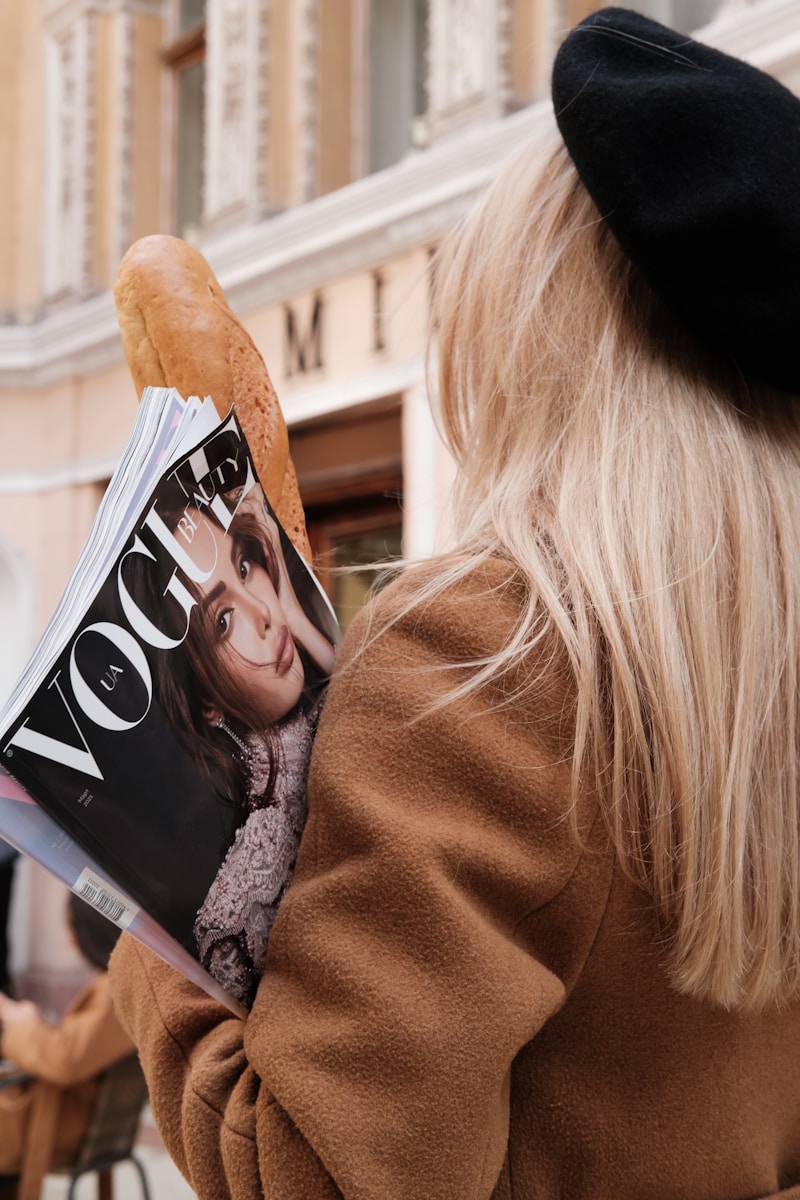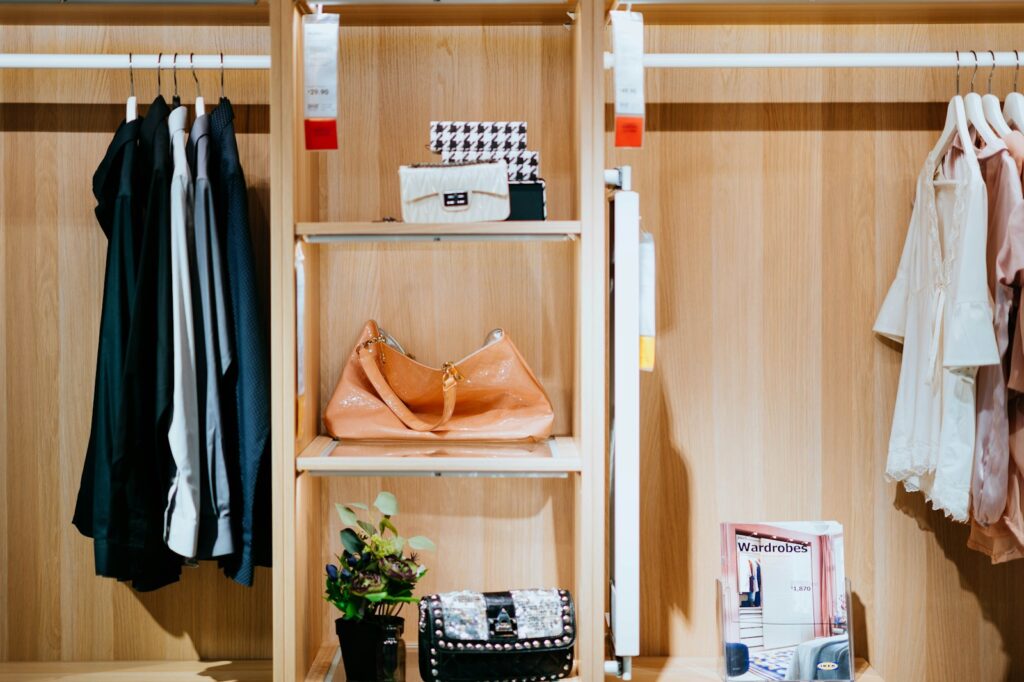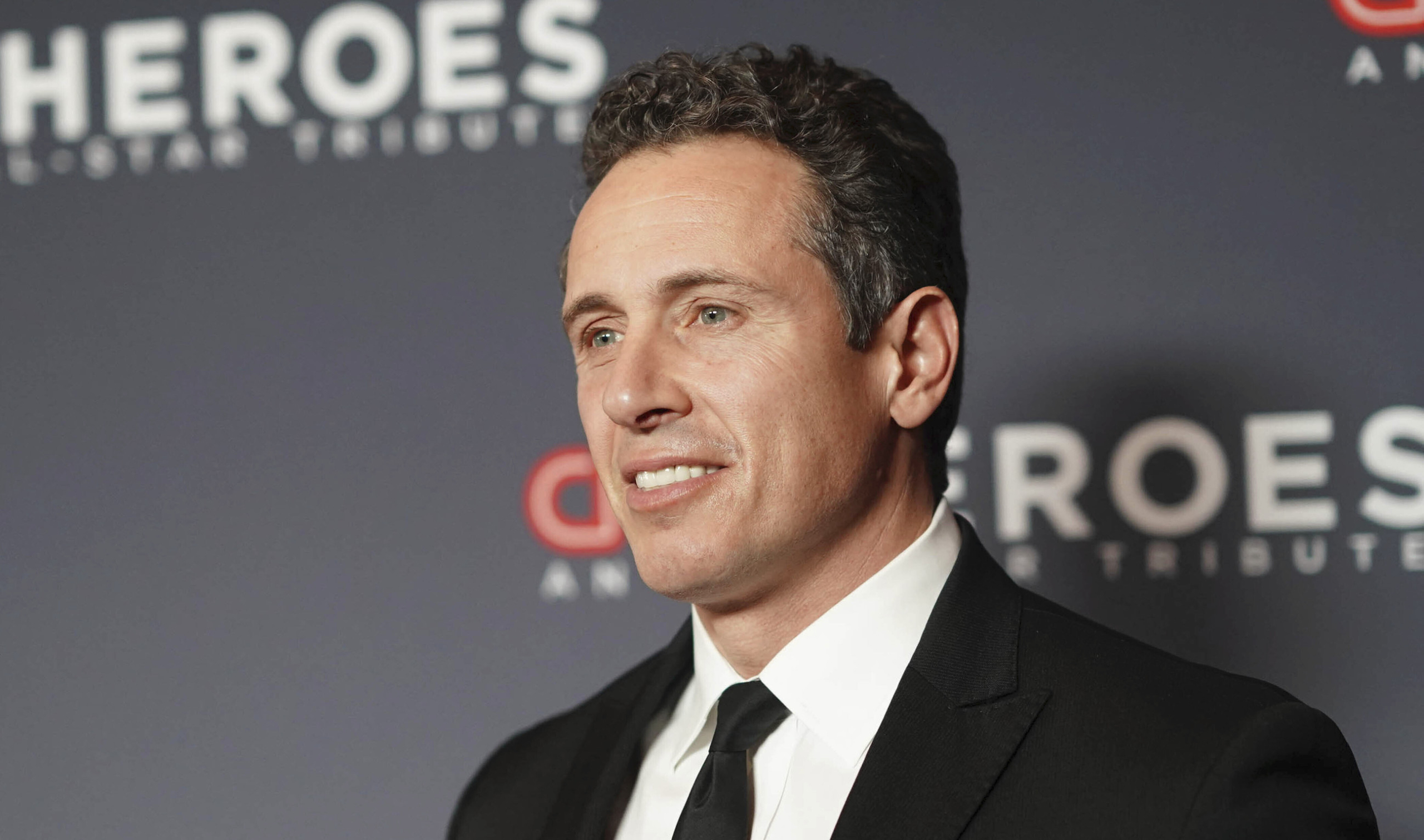The world of fashion has always been about pushing boundaries, challenging norms, and redefining what is considered mainstream. In recent years, the concept of gender fluidity has become a focal point in fashion, with designers and brands increasingly embracing non-traditional expressions of masculinity and femininity. This shift has sparked discussions around the world, and has been both celebrated and criticized in various circles.
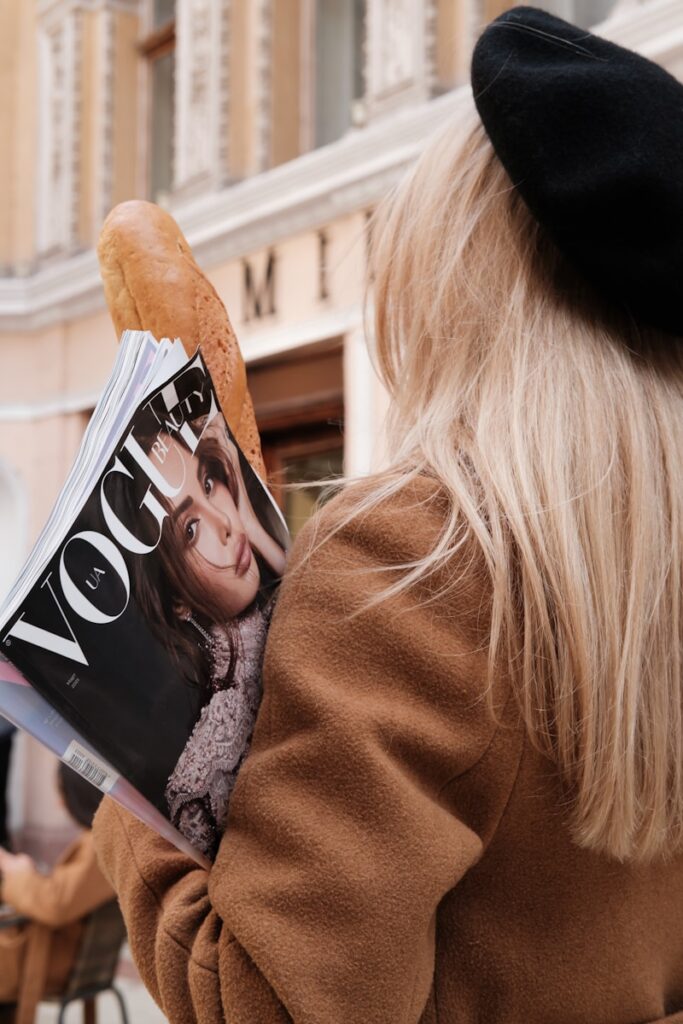
1. **Vogue’s Controversial Cover Shoot**: Vogue’s decision to feature Gigi Hadid and Zayn Malik as #GenderfluidGoals has ignited a significant debate. While the shoot was visually stunning, many have criticized it for appropriating and sanitizing the experiences of gender-nonconforming individuals. Critics argue that, despite the magazine’s intentions, neither Gigi nor Zayn regularly present as gender-nonconforming in their public lives, which raises questions about the authenticity of their representation in this context.
The backlash stems from the perception that mainstream fashion co-opts the struggles and activism of genuine gender-nonconforming people to appear progressive, without offering them a platform to share their lived experiences. This issue highlights the importance of including actual gender-nonconforming voices in conversations about gender fluidity in fashion, rather than relying on celebrity endorsements that may lack depth and understanding.
2. **The Role of Major Fashion Houses**: The fashion industry’s embrace of gender fluidity is not limited to magazines like Vogue. Fashion houses such as Gucci and J.W. Anderson have ventured into gender “transgressive” fashion, showcasing men in traditionally feminine attire and vice versa on their runways. While these efforts might seem revolutionary, they have also faced criticism for being performative rather than genuinely inclusive.
Industry insiders and critics alike argue that fashion brands should focus on creating space for gender-nonconforming designers, models, and creatives to participate meaningfully in the industry. By doing so, the fashion world can move beyond superficial representations of gender fluidity and foster an environment that truly celebrates diversity and authenticity.
3. **Levi’s Gender Neutral Line**: Levi’s, a well-established denim brand, has also ventured into the realm of gender-neutral fashion. Their Line 8 collection, launched in 2017, was designed to be worn by anyone, regardless of gender. The brand has emphasized that there is a growing consumer appetite for unisex clothing, as evidenced by market research showing both men and women purchasing products traditionally made for the opposite gender.
Levi’s approach represents a more inclusive effort to cater to diverse expressions of gender identity in fashion. By creating clothing lines that do not prescribe to binary gender norms, Levi’s aims to reflect the evolving consumer landscape and the increasing awareness and acceptance of gender diversity.
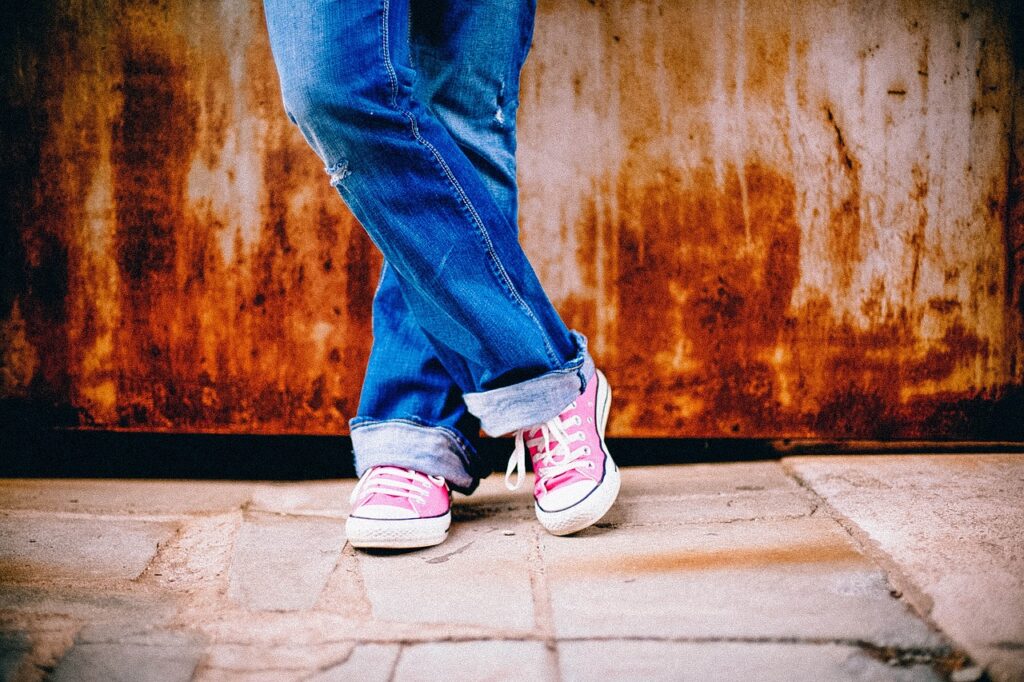
Product on Amazon: Levi’s Men’s 514 Straight Fit Cut Jeans (Also available in Big & Tall)
Brand: Visit the Levi’s Store
Price: 48.65 USD
Rating: 4.5 Total reviews: 19339
Top Review from US: “Most jeans on the market today are mid and high rise. When I wear them, they sag in the butt and crotch, never fitting well or looking good. Levi’s 514 are low rise and fit me perfectly. I am 5’8”, 220 pounds with a muscular build. These fit me perfectly but also have the right amount of stretch. I recently tried Barbell jeans to compare. They appeared to be well made but also had too much rise and sagged on me. With my current build, these are the best jeans for me.”
Shopping on Amzon >>
4. **Consumer Power and Responsibility**: Consumers wield significant power in shaping the future of gender fluid fashion. Their purchasing decisions reflect broader societal values, and brands often respond to consumer demands. Conscious consumers who prioritize inclusivity drive the industry towards more authentic representation.
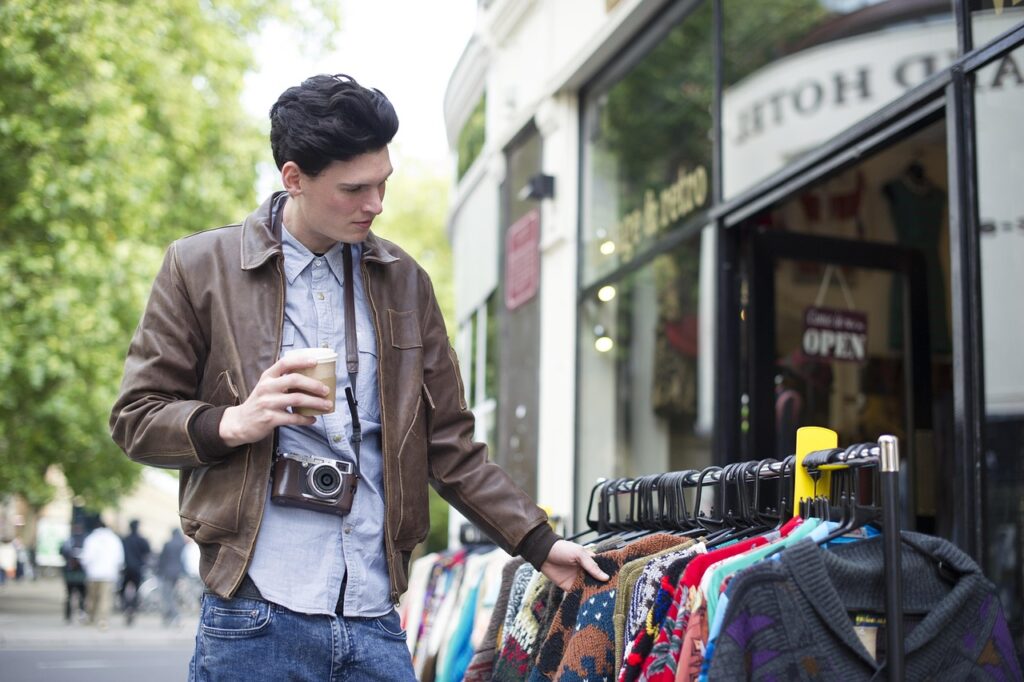
Consumers also bear a responsibility to engage critically with the brands they support. By demanding accountability and transparency, they can influence positive change and ensure that inclusivity is more than just a marketing strategy.
Product on Amazon: Consumer Behavior
Price: 89.75 USD
Rating: 4.3 Total reviews: 192
Top Review from US: “The text book was in good condition and delivered very fast.”
Shopping on Amzon >>
5. **The Influence of Social Media**: Social media has played a pivotal role in shaping public discourse around gender fluidity in fashion. Platforms like Instagram and TikTok have become spaces where individuals can express their unique style and identity, often bypassing traditional gatekeepers of fashion.
The same platforms have also become battlegrounds for cultural and political debates, with users divided on issues of gender expression. The case of Son de Flor illustrates how a single post can trigger widespread backlash, but also garner support and visibility for marginalized voices.

Product on Amazon: Influencer: Building Your Personal Brand in the Age of Social Media
Price: 8.76 USD
Rating: 4.5 Total reviews: 1776
Top Review from US: “Everything you have ever wanted to know about what it takes to become a financially successful influencer is answered in this book. Brittany goes into every detail you can imagine about what you should charge according to viewer engagement and subscribers. The information contained in “Influencer” can be used for influencers in all industries not just beauty. It’s basically the same across the board.”
Shopping on Amzon >>
6. **Celebrity Influence and Endorsement**: Celebrities play a pivotal role in shaping public opinion on gender fluid fashion. Their influence can be a double-edged sword; while they have the power to normalize and promote inclusivity, their involvement sometimes leads to accusations of superficial representation. When celebrities endorse gender fluid fashion without genuine understanding or advocacy, it can dilute the movement’s authenticity.
However, when celebrities authentically engage with the concept, their endorsement can be transformative. They have the potential to reach wide audiences, encouraging fans to reconsider and redefine their understanding of gender and fashion.

Product on Amazon: Celebrity Influence: Politics, Persuasion, and Issue-Based Advocacy
Price: 39.88 USD
Rating: 5 Total reviews: 4
Shopping on Amzon >>
Read more about: The Leather Dress Revolution Embracing a Fashion Phenomenon
7. **The Future of Gender Fluid Fashion**: As the fashion industry continues to grapple with issues of gender expression and identity, the future of gender fluid fashion remains uncertain. While some brands have taken meaningful steps towards inclusivity, others have been accused of exploiting gender-nonconforming identities for commercial gain.
Moving forward, it will be essential for the industry to listen to and uplift the voices of gender-nonconforming individuals, ensuring that their experiences are authentically represented and respected. By doing so, fashion can become a powerful force for social change, challenging outdated norms and celebrating diversity in all its forms.
8. **The Importance of Authentic Representation**: Ultimately, the debate over gender fluidity in fashion centers around the need for authentic representation. It is crucial for brands and media outlets to engage with gender-nonconforming individuals in meaningful ways, rather than merely appropriating their identities for aesthetic purposes.
By fostering genuine collaboration and dialogue, the fashion industry can better understand and reflect the diverse experiences of gender-nonconforming people, paving the way for a more inclusive and equitable future.
The dialogue surrounding gender fluid fashion is not just a fleeting trend; it represents a seismic shift in cultural norms and public perceptions. As we delve into the public and cultural reactions to this movement, it becomes clear that the fashion industry is at a crossroads, where inclusivity meets a complex web of societal expectations and resistance.
9. **Public Perception and Misunderstanding**: One of the most significant aspects of the backlash against gender fluid representation in fashion stems from public misunderstanding. Many individuals perceive gender fluidity as a threat to traditional norms, which often leads to negative reactions. This fear of the unknown fosters a reluctance to accept or understand the concept of non-binary identities, resulting in polarized opinions. Public forums, particularly social media, amplify these divisions, creating echo chambers where opposition can thrive without the challenge or counterargument.
The root of this misunderstanding often lies in a lack of exposure and education. In many societies, gender identity has been rigidly defined, leaving little room for alternative perspectives. As fashion increasingly embraces gender fluidity, it challenges these ingrained perceptions, prompting a mixed reaction from the public.
10. **Cultural Shifts in Acceptance**: Despite the backlash, there is a notable shift towards acceptance and inclusivity in various cultural contexts. Younger generations, in particular, tend to be more open-minded about gender and identity, viewing fashion’s embrace of fluidity as a positive evolution. This demographic shift signifies a broader cultural transformation, where individuality and diversity are celebrated rather than suppressed.
Brands that successfully navigate these cultural changes often find themselves at the forefront of the industry. By aligning their messages with the values of a more progressive audience, they can foster loyalty and support from consumers who prioritize inclusivity and representation.
Read more about: From Marilyn to Mad Men: The Evolution of Women’s Clothing Sizes Over Five Decades
11. **The Impact of Consumer Boycotts**: The backlash against brands like Son de Flor and Bud Light reveals the power of consumer boycotts and their potential impact on a brand’s image and sales. While some companies have faced declining sales following controversial marketing decisions, others have witnessed increased support from consumers who value inclusivity.
In the face of boycotts and criticism, brands must navigate their position carefully, balancing the desire to appeal to a broad consumer base with the need to stay true to their values. This delicate balancing act is crucial for maintaining brand integrity in a rapidly changing social landscape.
Read more about: Exploring the Backlash and Commitment to Inclusivity in Fashion
12. **Media Representation and Responsibility**: The role of media in portraying gender fluid fashion cannot be underestimated. Media outlets have a responsibility to ensure accurate and respectful representation of gender nonconforming individuals. When done right, media can be a powerful tool for education and empathy, bridging the gap between different societal views.
Conversely, when media fails to engage with genuine voices from the gender nonconforming community, it risks perpetuating stereotypes and misinformation. Authentic representation requires thoughtful storytelling, where the experiences of gender fluid individuals are highlighted and celebrated.
13. **The Intersection of fashion and Activism**: Gender fluid fashion is not just about clothing; it intersects with broader social justice movements. Activism within the fashion industry seeks to address systemic inequalities and promote a more inclusive environment. By using fashion as a platform, activists can raise awareness and drive change, challenging conventional norms and advocating for the rights of marginalized communities.
Fashion brands that align themselves with these movements can contribute to meaningful social progression. They have the opportunity to support causes that resonate with their audience, combining creativity with advocacy in impactful ways.
14. **The Backlash Against Son de Flor**: Recently, sustainable fashion brand Son de Flor faced backlash for featuring a gender-fluid individual, David Ross Lawn, in one of their Instagram posts. This sparked a wave of criticism from right-wing circles who accused the brand of erasing womanhood. The incident highlights the ongoing tension between traditional gender norms and the growing acceptance of gender fluidity.
Despite the backlash, Son de Flor stood by their decision to feature David, emphasizing their commitment to inclusivity. This situation underscores the challenges brands face when navigating the complex landscape of gender politics and consumer expectations.
Read more about: Exploring the Backlash and Commitment to Inclusivity in Fashion
View “#The Influence of Social Media” posted on instagram >>>
15. **Future Directions in Gender Fluid Fashion**: As society becomes more accepting of diverse identities, the future of gender fluid fashion looks promising. The industry is likely to continue evolving, driven by a demand for authenticity and inclusivity. This evolution will require ongoing dialogue and collaboration between brands, consumers, and the gender nonconforming community.
In embracing these changes, fashion can play a transformative role in challenging societal norms and promoting a more inclusive world. By continuing to support diverse voices and championing genuine representation, the industry can ensure that gender fluid fashion is not just a trend, but a lasting cultural shift.
16. **Conclusion: Celebrating Diversity**: The journey of gender fluid fashion is a testament to the power of diversity and the resilience of those who challenge norms. As the industry navigates backlash and embraces change, it highlights the importance of understanding, empathy, and authentic representation.
Fashion, at its best, is a reflection of society—a canvas where different identities can coexist and flourish. By celebrating diversity in all its forms, the fashion world can inspire broader societal change, paving the way for a future where everyone has the freedom to express their true selves.
Related posts:
I’m Gender-Fluid. “Vogue,” Got a Minute to Talk?
Levi’s to expand gender-neutral line amid ‘consumer appetite’ despite Bud Light backlash
wingers attack dress store over collab with bearded TikToker

